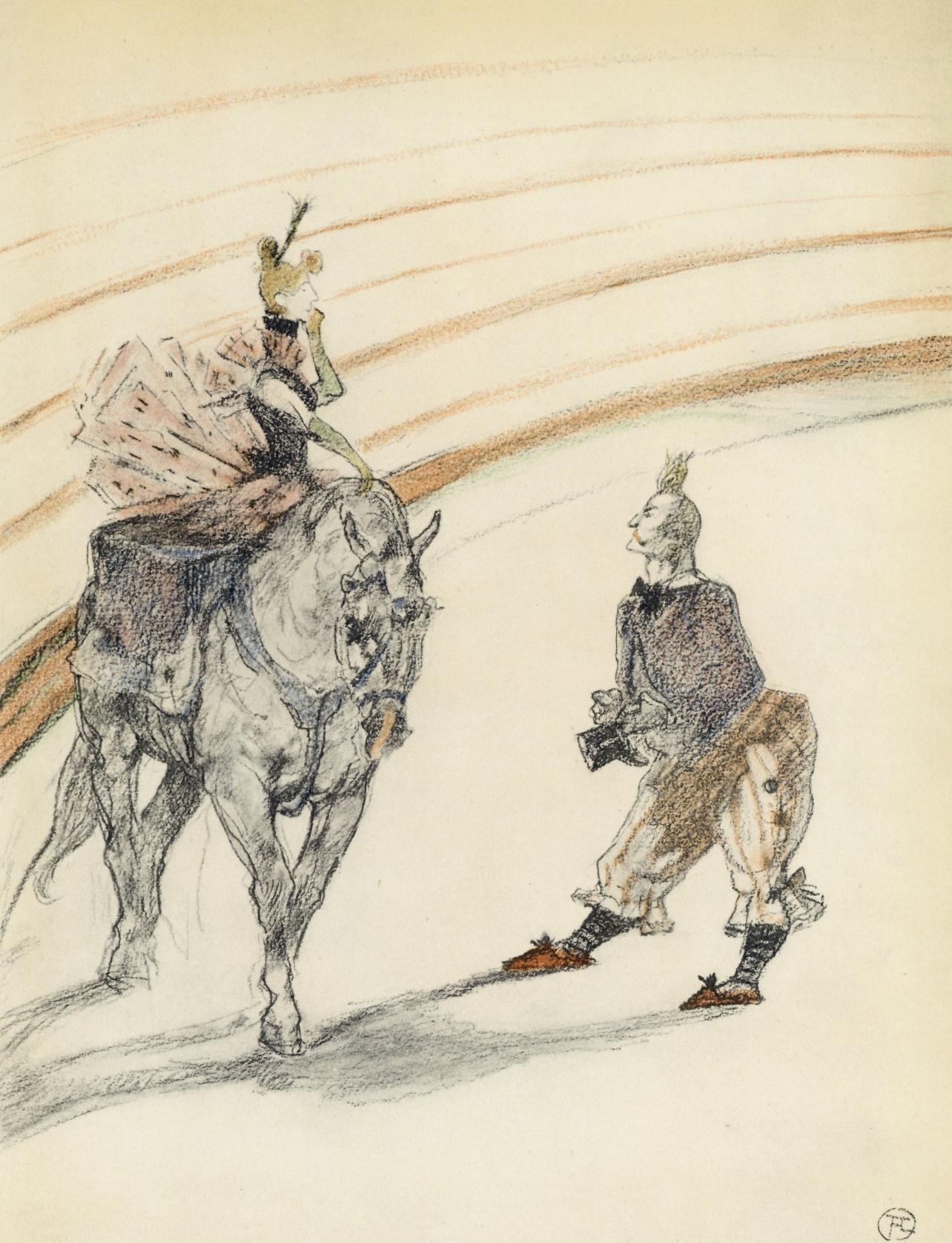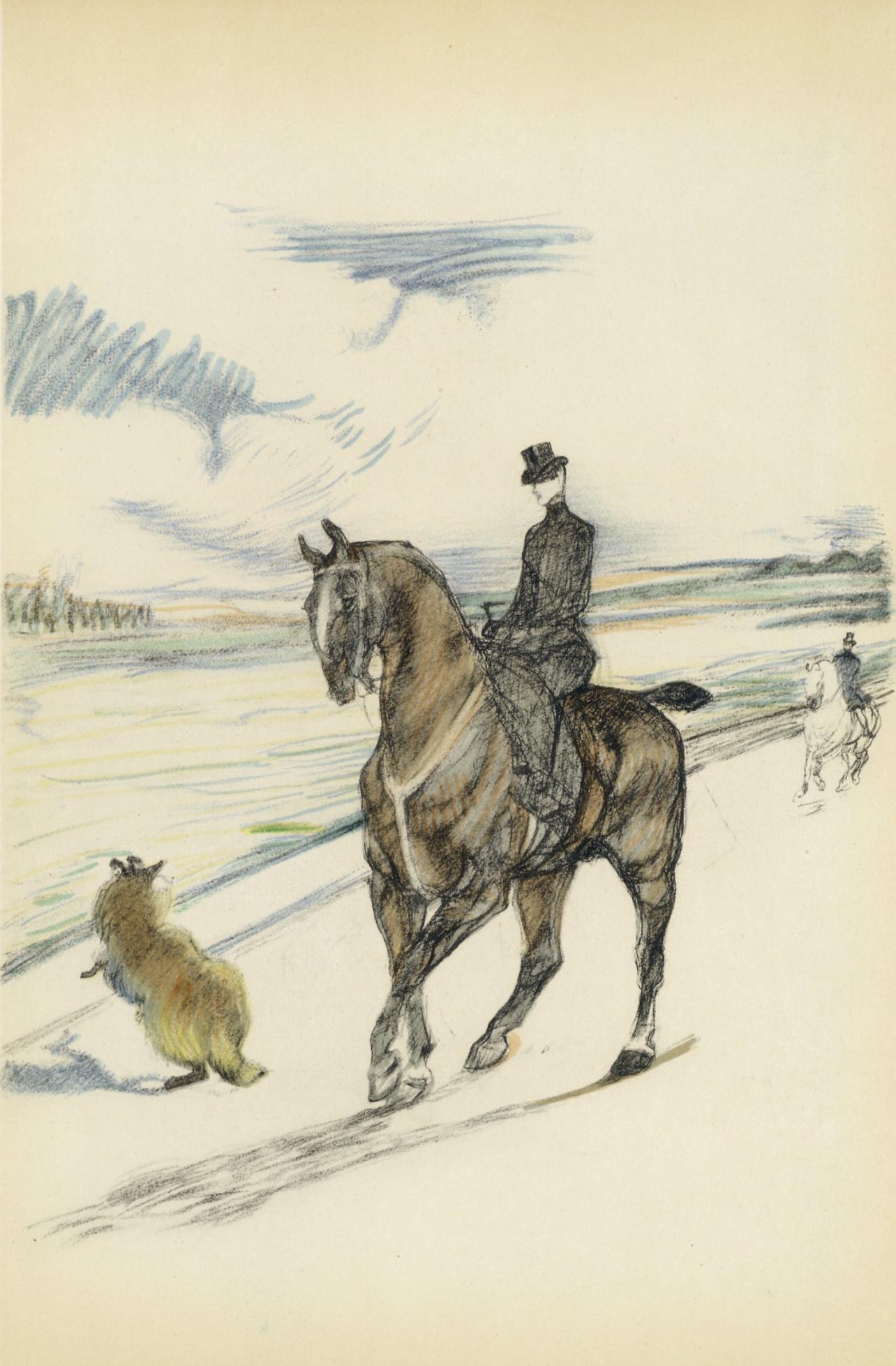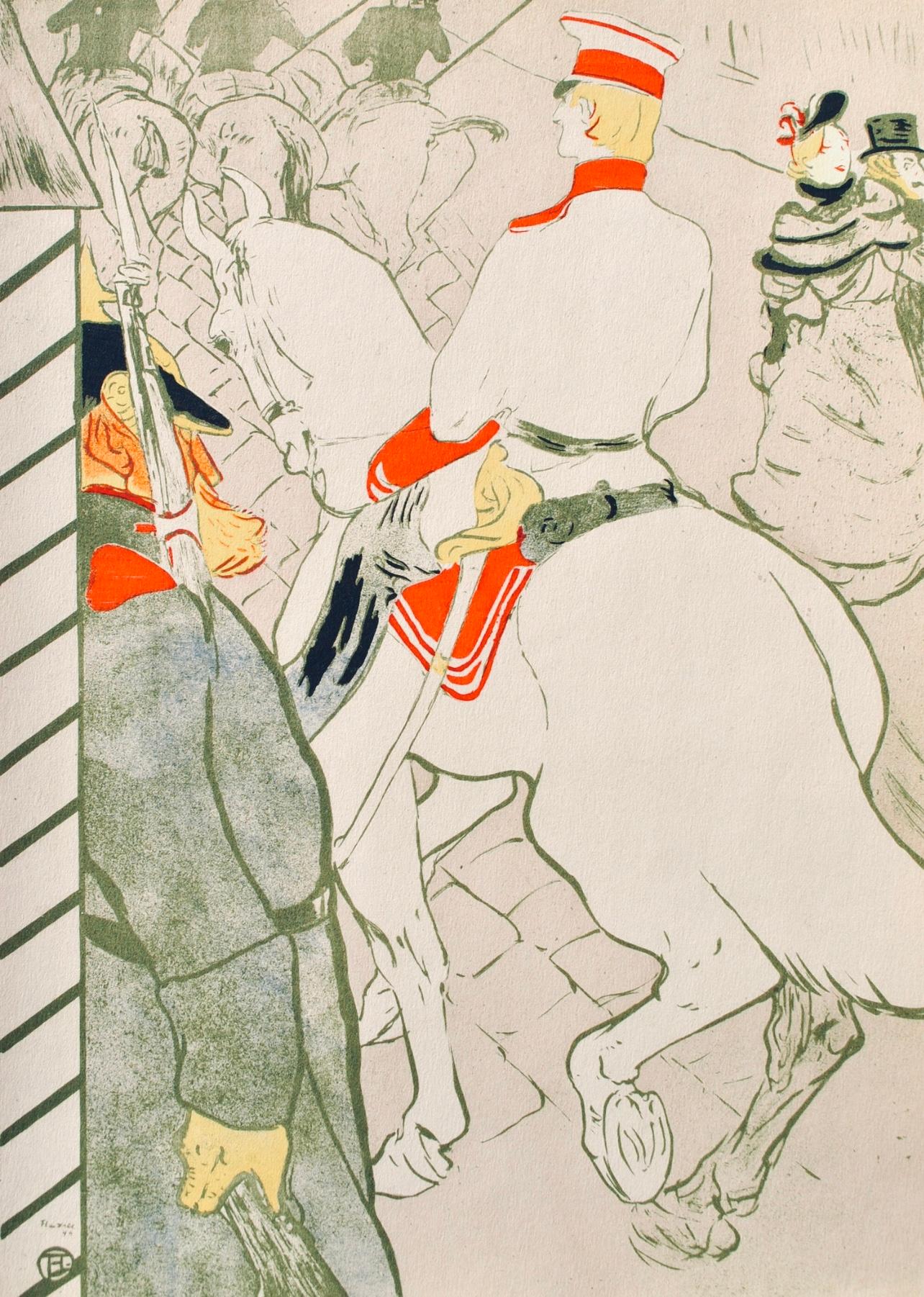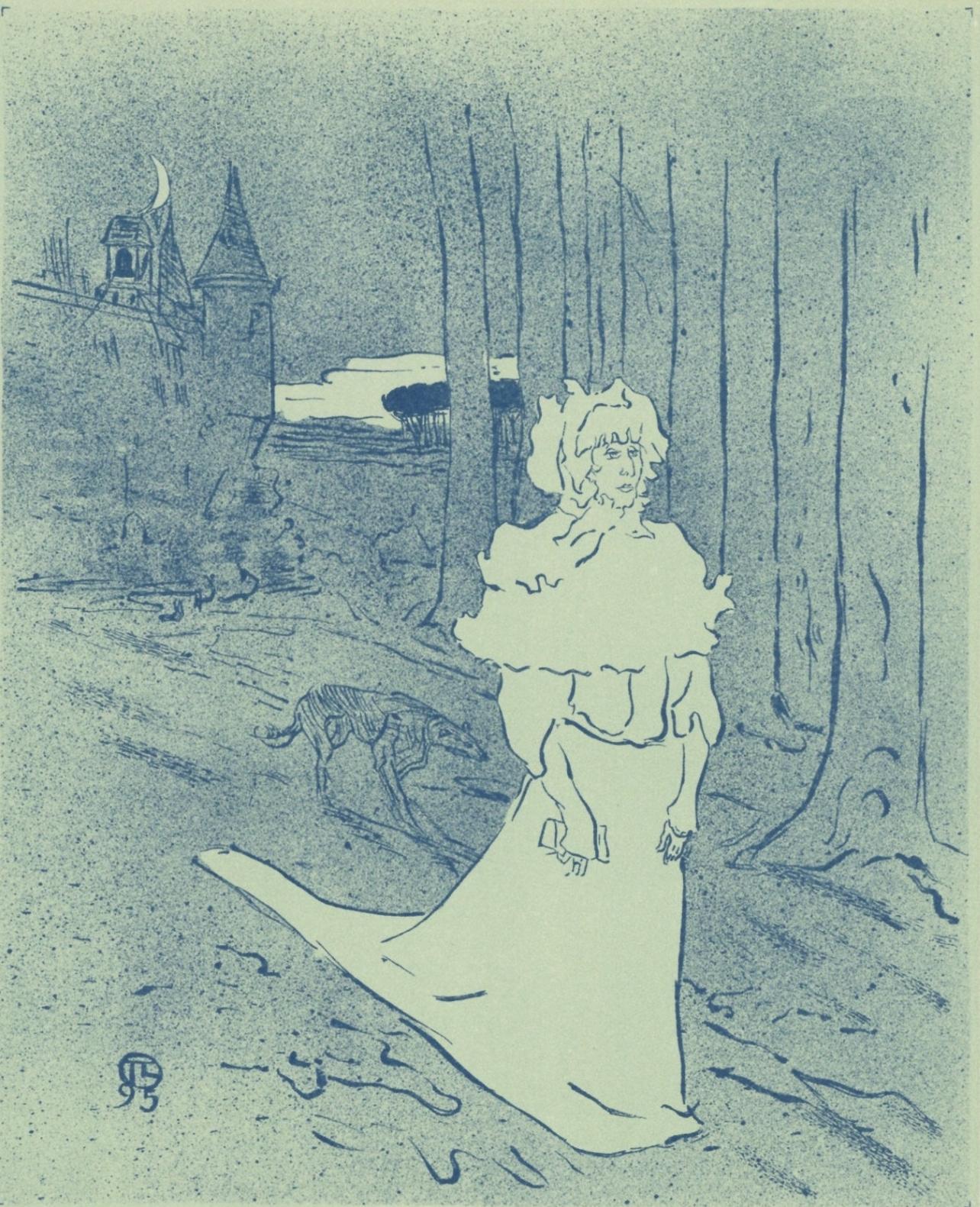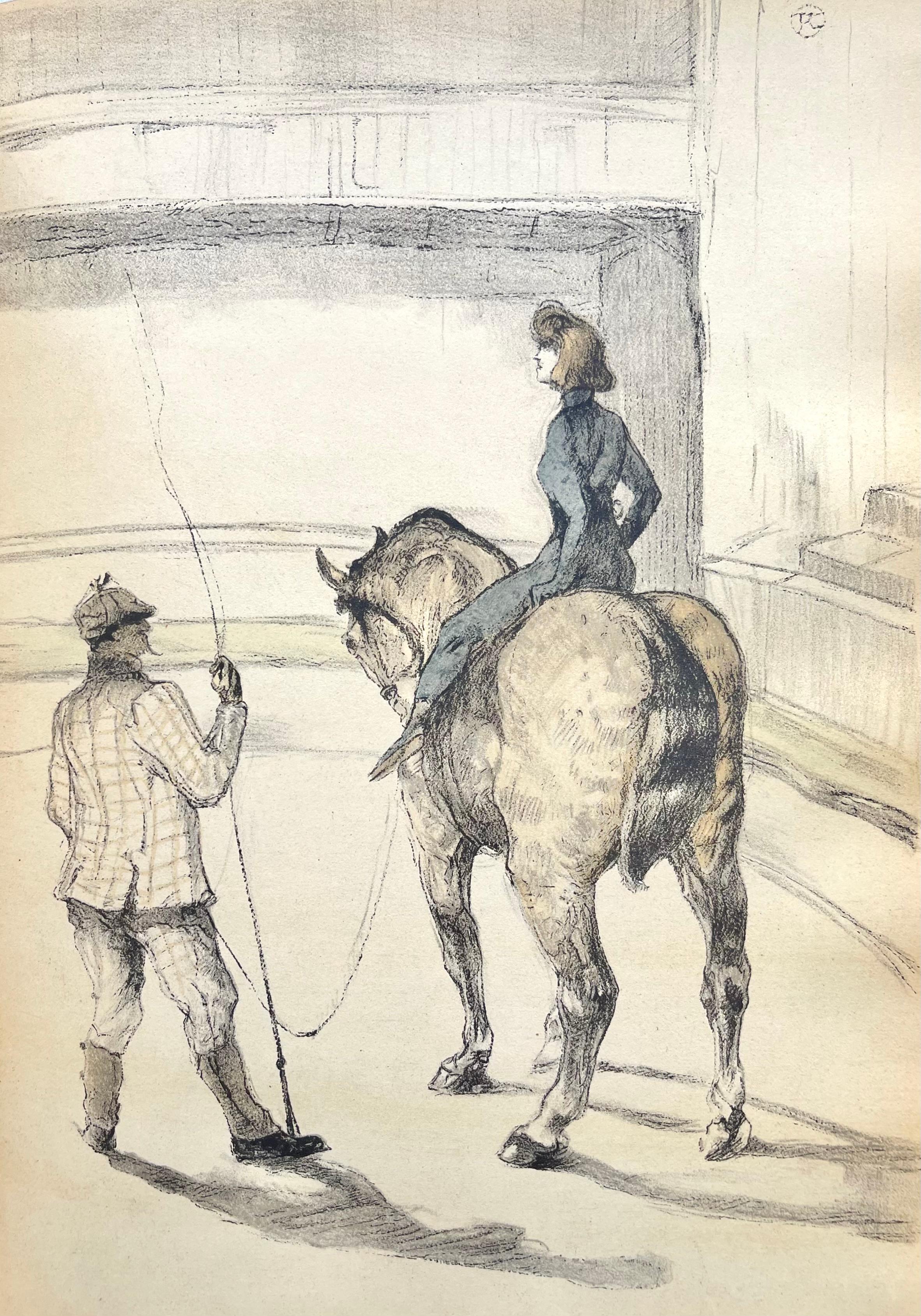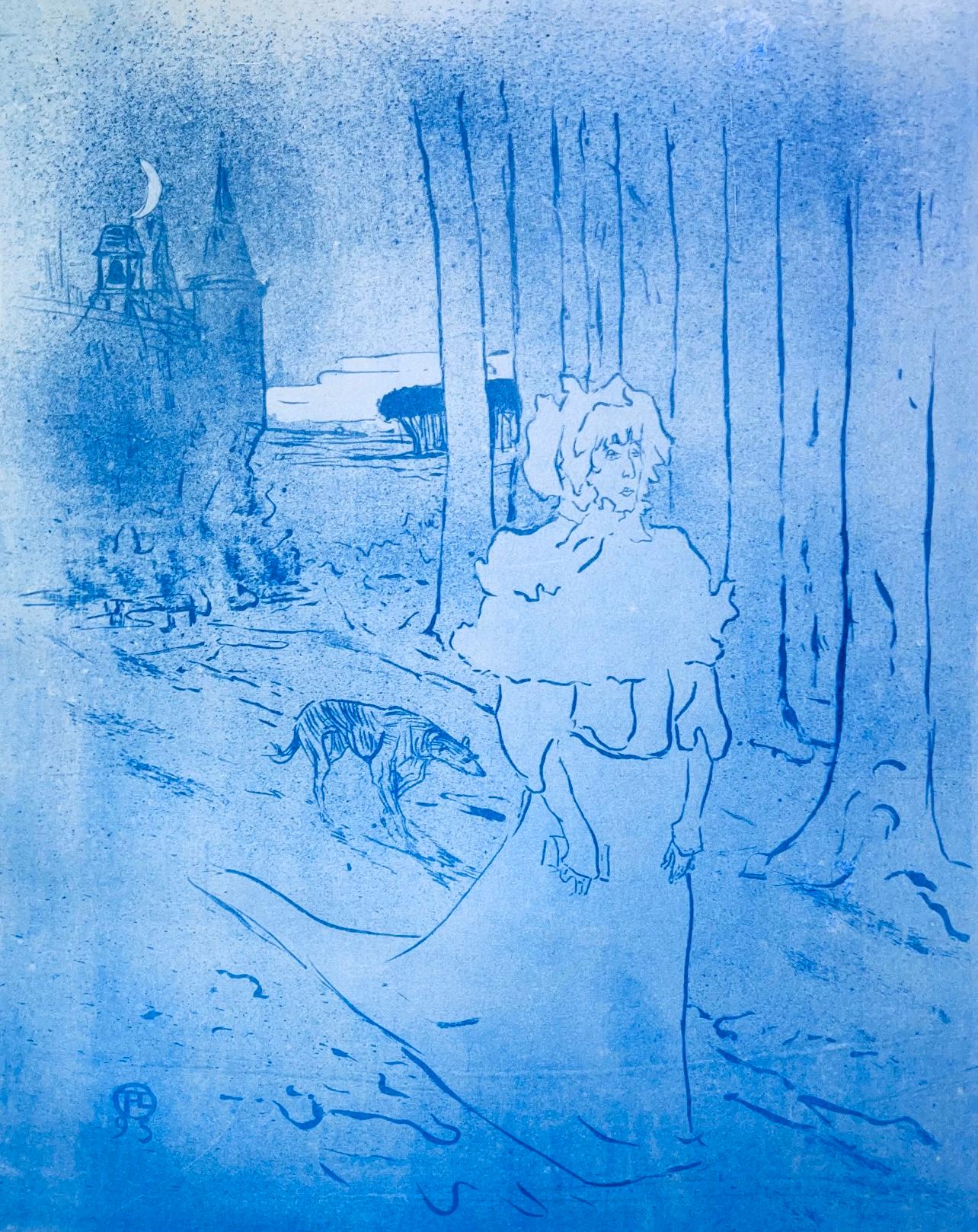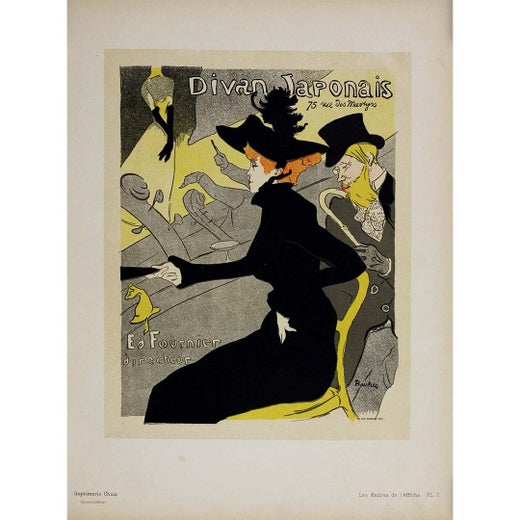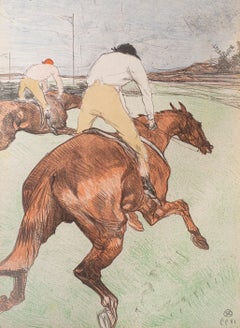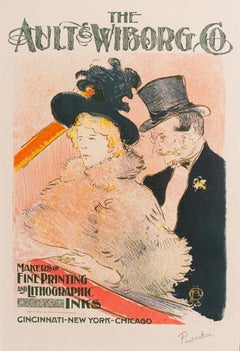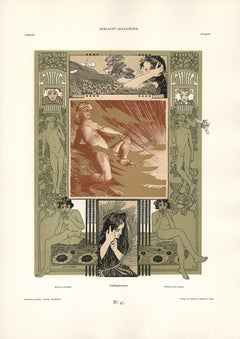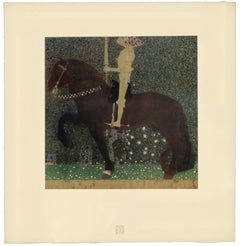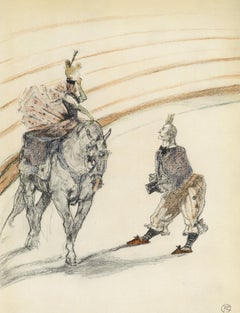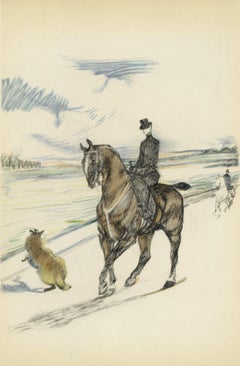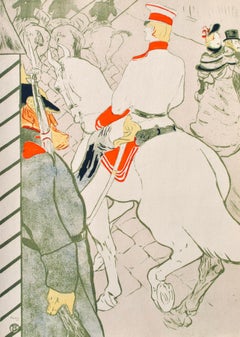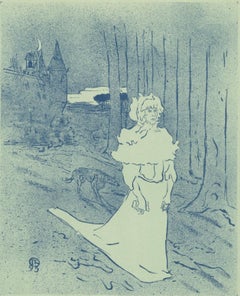Henri de Toulouse-LautrecPartie de Campagne1897
1897
About the Item
- Creator:Henri de Toulouse-Lautrec (1864 - 1901, French)
- Creation Year:1897
- Dimensions:Height: 15.75 in (40.01 cm)Width: 20 in (50.8 cm)
- Medium:
- Movement & Style:
- Period:
- Condition:Reference: Wittrock; 228 vol. 2, pg. 530.
- Gallery Location:Chicago, IL
- Reference Number:1stDibs: LU467310751012
Henri de Toulouse-Lautrec
During his brief artistic career, Henri de Toulouse-Lautrec captured the lively and often sordid atmosphere of Montmartre’s late 19th-century dance halls, cabarets, and theaters. Recording the performances he viewed and the establishments he visited on a nightly basis, he functioned as artist and narrator: original Lautrec paintings, drawings, prints, and posters expose the complexities of the quickly changing age in which he lived.
Between 1890 and 1900, Paris saw tremendous growth in its nightlife scene, with nearly 300 café-concerts serving women and men who drank, smoked, and fraternized in ways previously unpermitted to them in public. In such prominent clubs as the Moulin Rouge and less reputable institutions like the Moulin de la Galette, aristocrats often rubbed shoulders with the working class. It was within these establishments that Lautrec found the subjects he would voraciously document over the next decade.
Lautrec chronicled his era largely through printmaking — something few other artists had attempted to do in this medium. From 1891 until his death in 1901, he produced nearly 350 lithographic posters, editioned portfolios, and illustrations for journals and theater programs recounting life in Belle Époque Paris. The rise of color lithography in 1891 ushered in a new form of printmaking, and Lautrec found great success in this medium. This process allowed him to print large posters in color.
Find original Henri de Toulouse-Lautrec posters and prints for sale on 1stDibs.
(Biography provided by Allinson Gallery, Inc.)
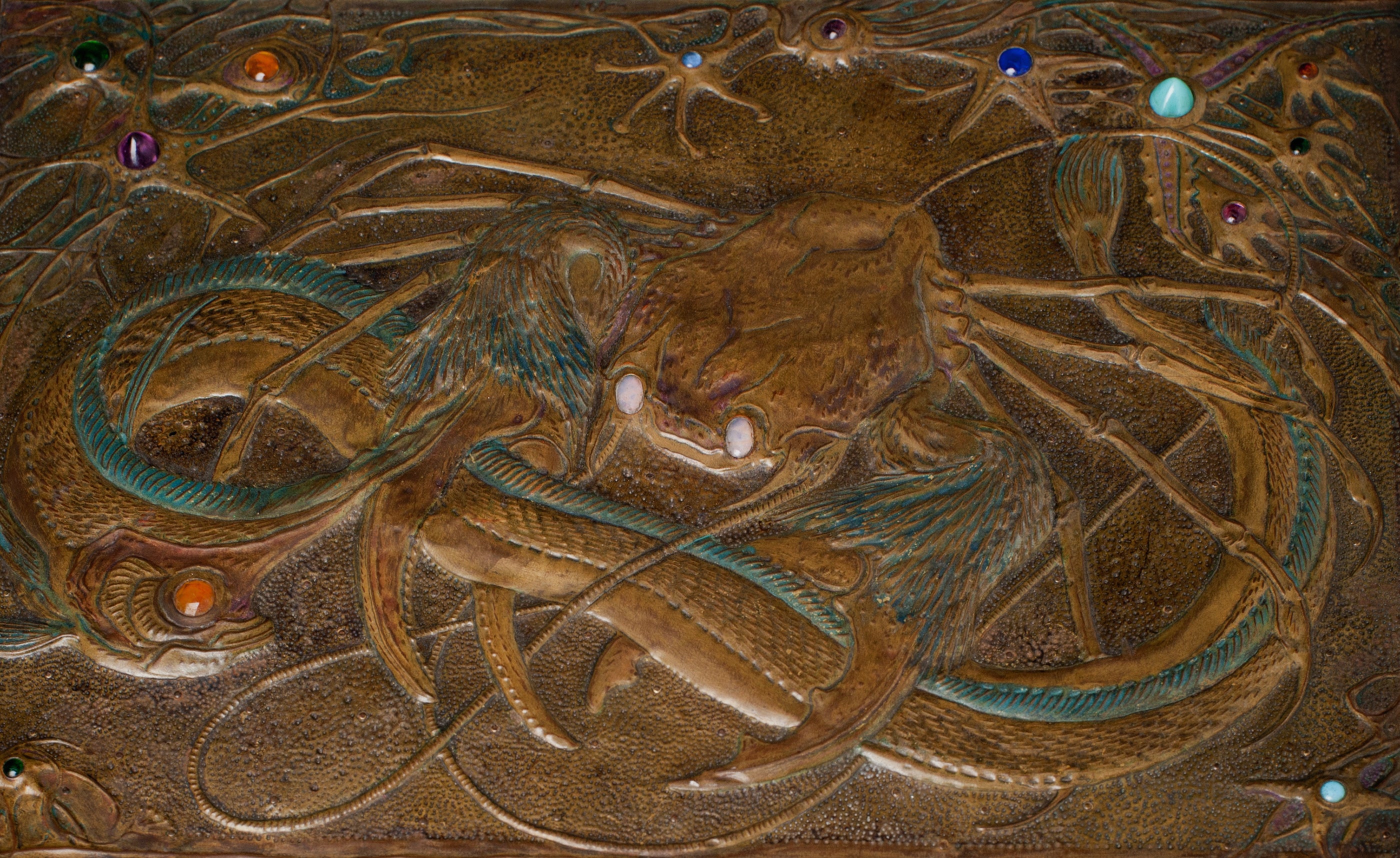
- ShippingRetrieving quote...Shipping from: Chicago, IL
- Return Policy
More From This Seller
View All1890s Art Nouveau Figurative Prints
Lithograph
1890s Art Nouveau Figurative Prints
Paper
1890s Vienna Secession Figurative Prints
Paper
Early 1900s Vienna Secession Figurative Prints
Archival Paper
1890s Vienna Secession Figurative Prints
Lithograph
Early 1900s Vienna Secession Figurative Prints
Archival Paper
You May Also Like
1950s Post-Impressionist Figurative Prints
Lithograph
1950s Post-Impressionist Figurative Prints
Lithograph
1950s Post-Impressionist Figurative Prints
Lithograph
1950s Post-Impressionist Figurative Prints
Lithograph
1940s Post-Impressionist Figurative Prints
Lithograph
1940s Post-Impressionist Figurative Prints
Lithograph
